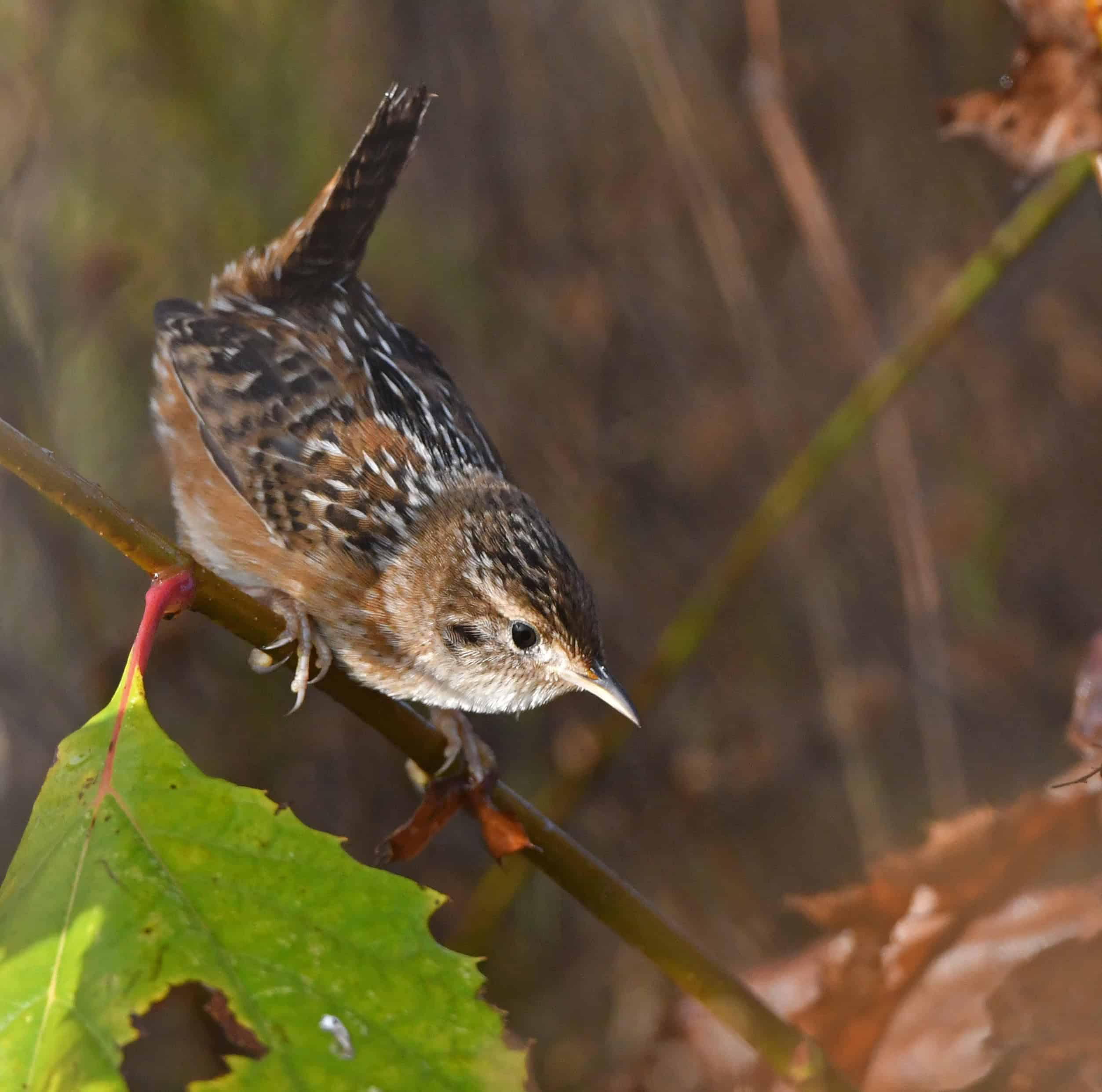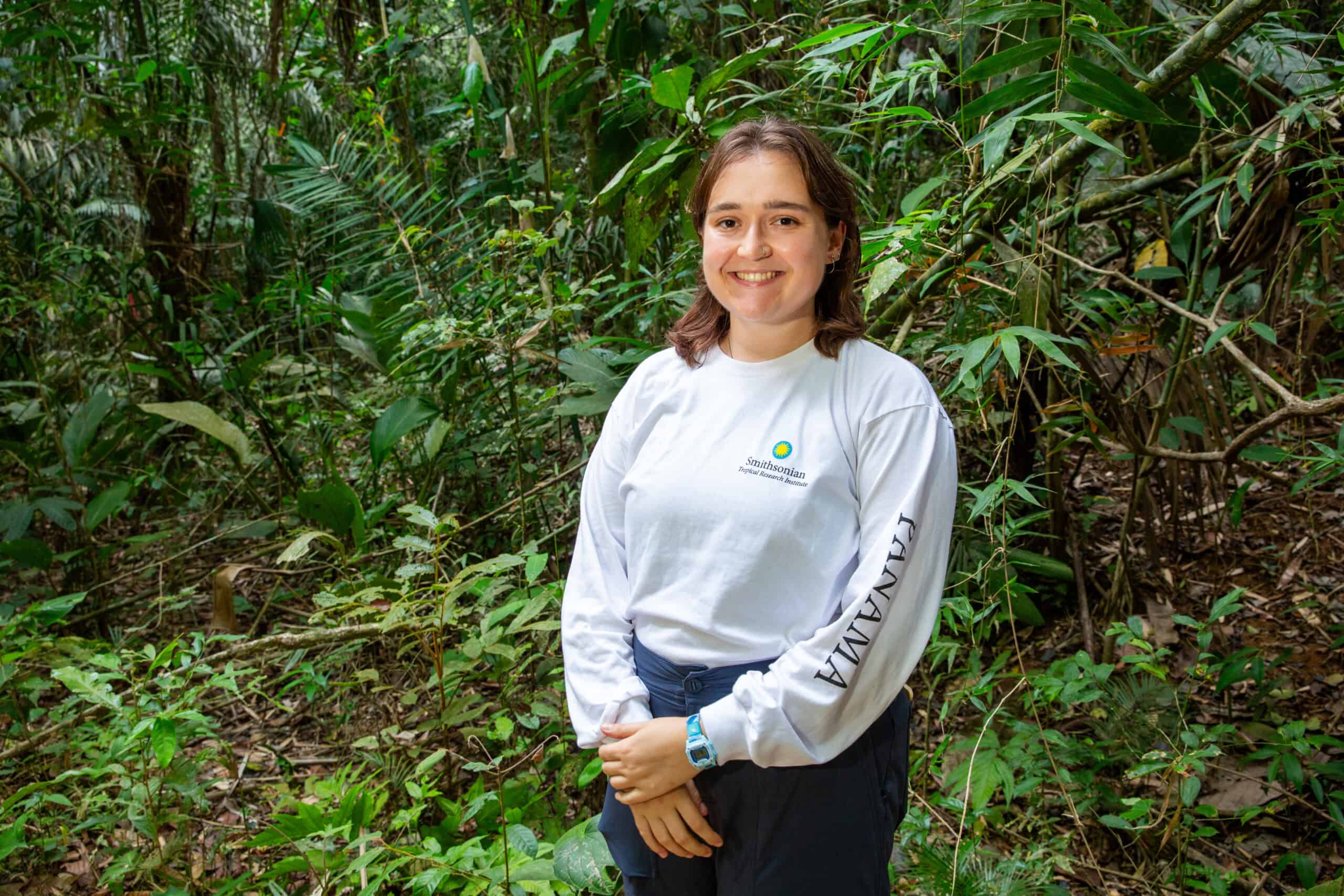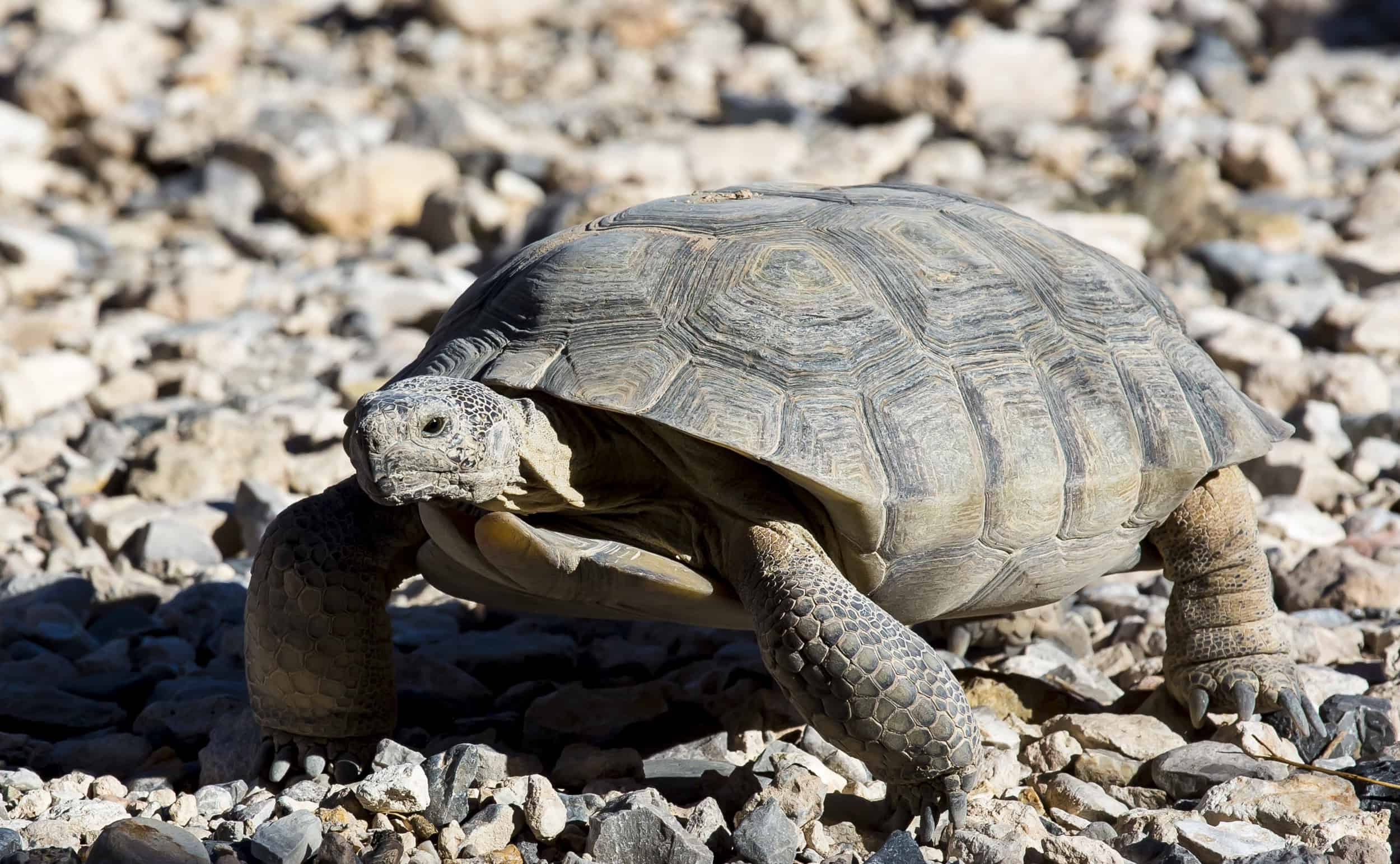Share this article
Citizen scientists have eagle eye for new bird arrivals
Informal bird enthusiasts are great at detecting the arrival of new species in an area, but their observations aren’t necessarily the best at giving accurate population counts once a species has become established.
“That early detection is actually really important for finding new species — for finding invasive species,” said McLean Smith, a master’s student in integrative biology at the University of Guelph in Ontario and the lead author of a study published recently in the Journal for Nature Conservation.
Smith, who was an undergraduate student at Trent University in Ontario at the time of the research, and his co-authors wanted to see how accurate amateur naturalists have been at tracking bird populations. They compared a database of 69 years of voluntary bird sightings around the city of Peterborough, Ontario published in the Peterborough Field Naturalists guide from 1948 to 2016 to more systematic sightings recorded in the yearly Christmas Bird Count and Breeding Bird Surveys in central Ontario.
The team focused their research on seven species which had all expanded their ranges into the study area at some point during these past seven decades: the northern cardinal (Cardinalis cardinalis), house finch (Haemorhous mexicanus), purple finch (Haemorhous purpureus), red-bellied woodpecker (Melanerpes carolinus), wild turkey (Meleagris gallopavo), Canada goose (Branta canadensis), and American robin (Turdus migratorius).
They found that the less formal sightings recorded by the Peterborough Field Naturalists detected the arrival of new birds in an area by an average of 15 years sooner than the more formalized surveys. In one case, the less formal naturalist observations detected a species 33 years before the Christmas Bird Counts and the Breeding Bird Surveys.
“When it’s a rare bird, there is this excitement that people feel. They tend to make a note of it,” Smith said, adding that some people will drive across the province to try to catch a glimpse of a species sighted by other birders.
He said that this is likely because the more formalized Christmas Bird Count and Breeding Bird Surveys only happen once a year and are prone to missing species since they occur over narrow date ranges.
While the amateur bird sightings were fairly accurate on population counts when it came to the birds that continued to be rare in the area like red-bellied woodpeckers, their enthusiasm began to wane with birds that became common like house finches and northern cardinals. Smith said that the Peterborough Field Naturalists weren’t as consistent when it came to recording sightings of these abundant species.
“We’re assuming that it’s a human response,” Smith said.
The researchers’ findings show that the amateur naturalist sightings may be great for detecting when an invasive species is making inroads into a new area, but that these citizen science efforts may not be very good at telling scientists when the population of a species is dropping in an area since less sightings may just indicate waning interest in a species.
Header Image: Amateur naturalists were adept at accurately recording the populations of rare birds like the red-bellied woodpecker. ©Chris Breeze








